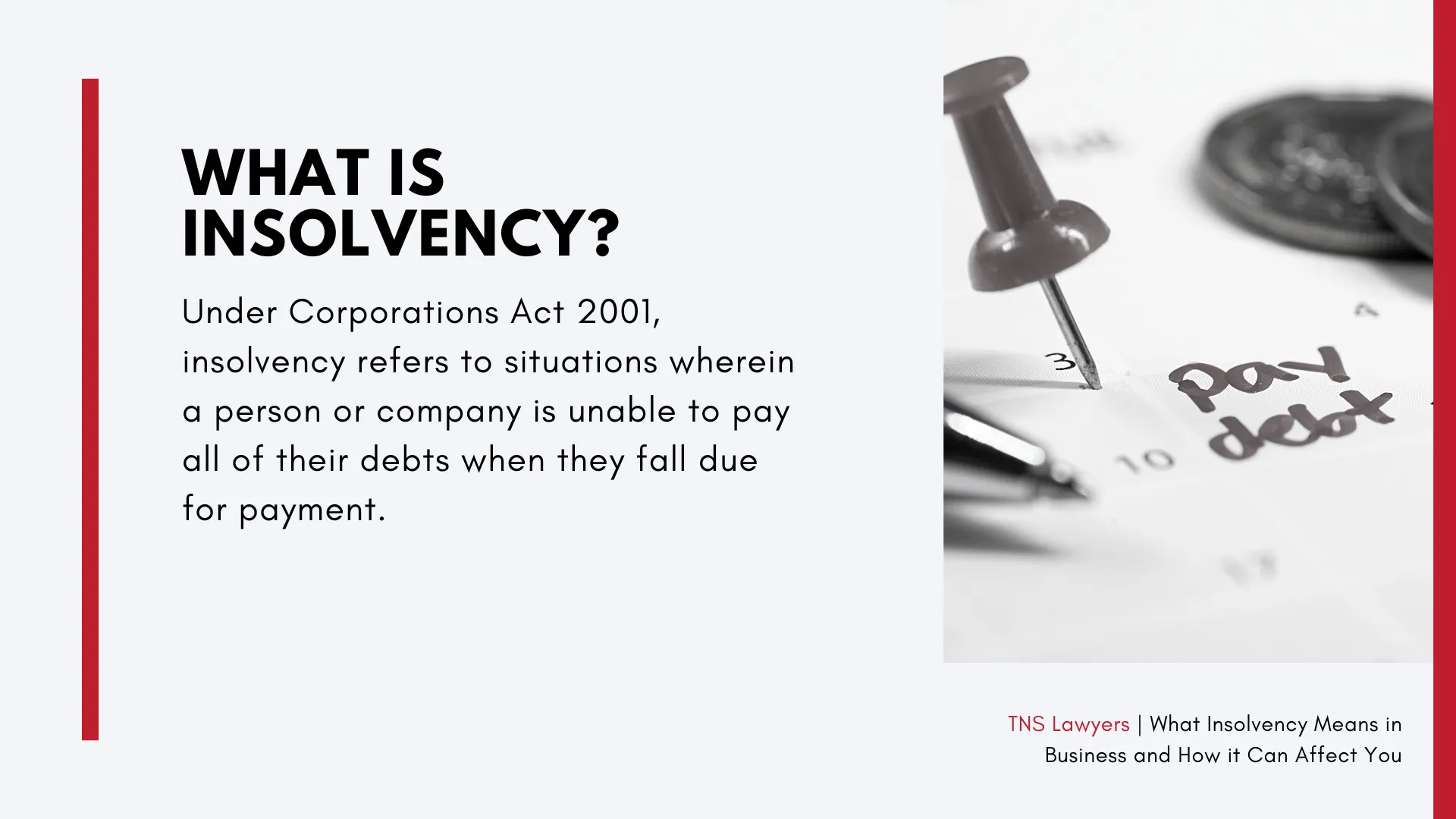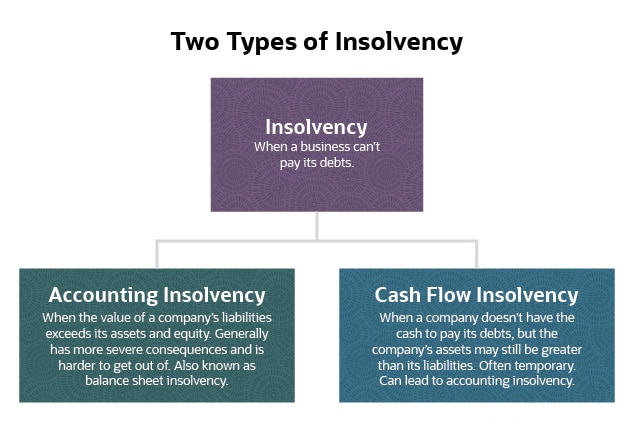Indicators on Insolvency Practitioner You Should Know
Table of ContentsThe smart Trick of Insolvency Practitioner That Nobody is Talking AboutWhat Does Insolvency Practitioner Mean?Facts About Insolvency Practitioner UncoveredSome Known Factual Statements About Insolvency Practitioner Our Insolvency Practitioner IdeasAll about Insolvency PractitionerThe Best Guide To Insolvency Practitioner
Bankruptcy is when obligations are above the worth of the company, or when a borrower can not pay the debts they owe. A business can come to be bankrupt due to a number of circumstances that lead to bad capital. When confronted with bankruptcy, a service or individual can call lenders directly and restructure debts to pay them off.Company proprietors might get in touch with financial institutions directly and restructure debts right into more manageable installations. Creditors are usually amenable to this technique since they want to be paid off and stay clear of losses, also if the payment is on a delayed schedule.
Facts About Insolvency Practitioner Uncovered
The owner develops a proposal detailing just how the debt might be reorganized using price decreases or other prepare for assistance. The proposition reveals lenders exactly how business may produce sufficient capital for profitable procedures while paying its financial debts. Typically, a forgiven financial debt might be thought about revenue by the Internal Earnings Service (IRS).

Not known Incorrect Statements About Insolvency Practitioner
The organization might wind up paying large quantities of money in damages and be overcome procedures. When operations discontinue, so does the firm's earnings. Lack of income causes overdue costs and creditors asking for money owed to them. Some business become insolvent since their products or solutions do not evolve to fit consumers' altering needs.
Expenditures exceed earnings and expenses continue to be overdue. Kinds of insolvency include cash-flow insolvency and balance-sheet insolvency. Cash-flow insolvency happens when a business has the assets to cover their financial debts but they remain in the wrong type, such as property rather of fluid funds. Balance-sheet insolvency, on the various other hand, indicates an absence of possessions in any kind of type to cover financial debts.
The internal revenue service states that an individual is insolvent when the overall liabilities go beyond total possessions. A personal bankruptcy, on the various other hand, is an actual court order that portrays how an insolvent person or company will certainly repay their creditors, or exactly how they will certainly sell their assets in order to make the repayments.
Some Known Details About Insolvency Practitioner

Financial debt loan consolidation is when you integrate numerous finances right into one new car loan, commonly to accomplish better terms. Bankruptcy is not the like personal bankruptcy, although a firm that has become bankrupt might apply for bankruptcy. Insolvency is the state of not having the ability to pay your commitments while bankruptcy is a lawful procedure to release your debts.
Understanding the factors that can bring about insolvency, such as overspending, can aid you stop bankruptcy and its repercussions.
Not known Details About Insolvency Practitioner
It is popular that directors and officers of firms (and managers of limited liability business) owe fiduciary obligations to their companies and their shareholders (or members). These fiduciary responsibilities are specified by state laws and, though there are variants from state to state, they usually consist of a task of commitment and an obligation of treatment.
The task of treatment calls for supervisors and policemans to work out persistance, to make enlightened decisions, and to act in good faith so that their activities are in the very best rate of interest of the firm. Though past the extent of this conversation, some states allow these tasks to be limited either by so noting in the organizational documents or adhering to various other requirements.
Rumored Buzz on Insolvency Practitioner
A lot of states specify insolvency in 2 means( 1) when a business's liabilities end up being greater than the sum of its possessions or address (2) when the company comes to be not able to pay its financial debts as they come to be dueand accept both meanings (Insolvency Practitioner). The change in duties takes place since when a firm is insolvent, there is no worth in the company past that owed to the business's creditors to ensure that review the equity owners no more have a financial stake in the business
Be cautious about giving shareholders favoritism at the expense of creditors (e.g., accrediting and moneying a dividend or a supply redemption). Beware about favoritism between classes of shareholders. Clear up efforts to discover all the realities before taking a particular strategy; supervisors must really believe that any choices made remain in the very best rate of interests of the firm in its whole (i.e., choices will be evaluated in hindsight due to the impact of such activities on the firm).
In any type of personal bankruptcy or bankruptcy proceeding, repayments made to certain financial institutions at the expense of other creditors can be clawed back, especially if there is some link in between the company and the lender. Consider suggesting at a yearly investor meeting (or any kind of other meeting of stockholders) a resolution verifying that all previous service decisions and activities taken by the supervisors and police officers of image source the company were taken in great faith after an exercise of reasonable treatment.
Top Guidelines Of Insolvency Practitioner
Fully divulge any kind of individual or company partnerships with celebrations on the various other side of deals including the firm to stay clear of the appearance of a problem of passion. In evaluating prospective fund raising deals or a sale of properties of the troubled company, understand that these deals may be inspected later in light of any succeeding growth of supervisors' fiduciary obligations to include creditors.
Comments on “The 4-Minute Rule for Insolvency Practitioner”